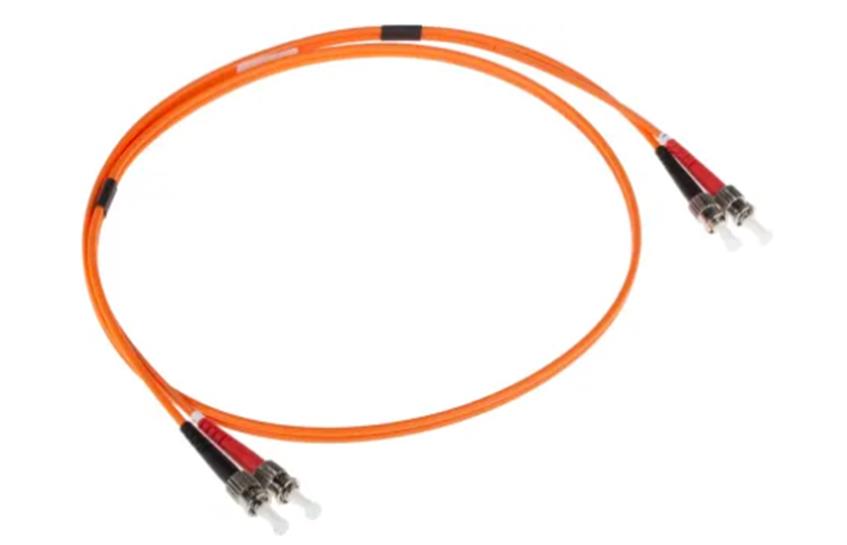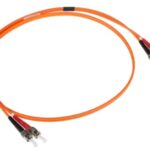For nearly every technological application you can think of, cabling is necessary to transmit audio and video signals as well as data. We don’t give it a whole lot of thought after establishing the connection, but we couldn’t do many of the things we do today without them.
When it comes to rapid transmission speeds, fiber optic cables are typically the way to go. If you are unfamiliar with this type of cabling, there are a few major advantages to using it above others.
Table of Contents
ToggleFaster Speeds
The single biggest reason to use fibre optic cables is because of the improved speed. No matter what kind of technology you use, data is transmitted from device to device. Using fiber optic cables ensures that the data in question is transmitted far faster and with virtually no degradation.
Fiber optic cables carry signals that are 31% slower than the speed of light. The speed of light. That’s faster than other industry standards like Cat5 or Cat6 cables. Plus, there is far less signal quality loss than you would have with any other cable type.
More Reliable
Depending on the application and environment, cabling can be exposed to harsh environments. Whether it be tripping hazards, weather, or corrosive materials, cabling needs to be able to hold up to its environment to remain effective.
Fiber is immune to moisture, severe weather, and stark temperature changes. All of those factors can hamper other cable types. Plus, there is no electric current transmitted by fiber, so it won’t be impacted by electromagnetic interference (EMI), which can interfere with the transmission of data. Oh, and it also is not a fire hazard in the way that worn and old copper cables can be.
Transmission Over Long Distances
With your standard cable type, transmitting over long distances can lead to major degradation of the signal. Fiber optic cables are capable of carrying signals much farther than your standard 328-foot copper cable.
Even better, fiber optic can transmit speeds of up to 10 Gbps over distances as far as 25 miles. The distance depends on what type of fiber optic cable, as well as the network and the wavelength. Still, those distances dwarf that of any other cable type by literal miles.
Greater Bandwidth
Here’s a fun fact: copper cables were created originally for voice transmission. They also have seriously limited bandwidth. The more activity happening over a single cable, the more distortion and interruption that the cables will experience.
Fiber optic cables, meanwhile, provide substantially more bandwidth than a copper cable of the same diameter. Singlemode fiber will deliver up to twice the throughput that a multimode fiber cable can. For commercial and industrial applications, that can wind up being a major difference maker.
Sturdier and Thinner
Copper cables can be quite cumbersome depending on the type. They are a lot heavier and thicker, limiting where they can be used and how flexible they are. Fiber optic cables, meanwhile, are a lot thinner and weigh a lot less than your average copper cable. While that might not seem like a big deal on the whole, it can wind up making a serious difference.
Even being thinner than copper cables, fiber can stand up to a lot more pressure than its counterparts. Because of that, fiber is a lot less prone to breakage and damage. That means not having to deal with repairs and replacements as often as would be necessary with copper cable. There are even more benefits of using fiber optic cable, making it the clearcut best choice of cabling out there.




















